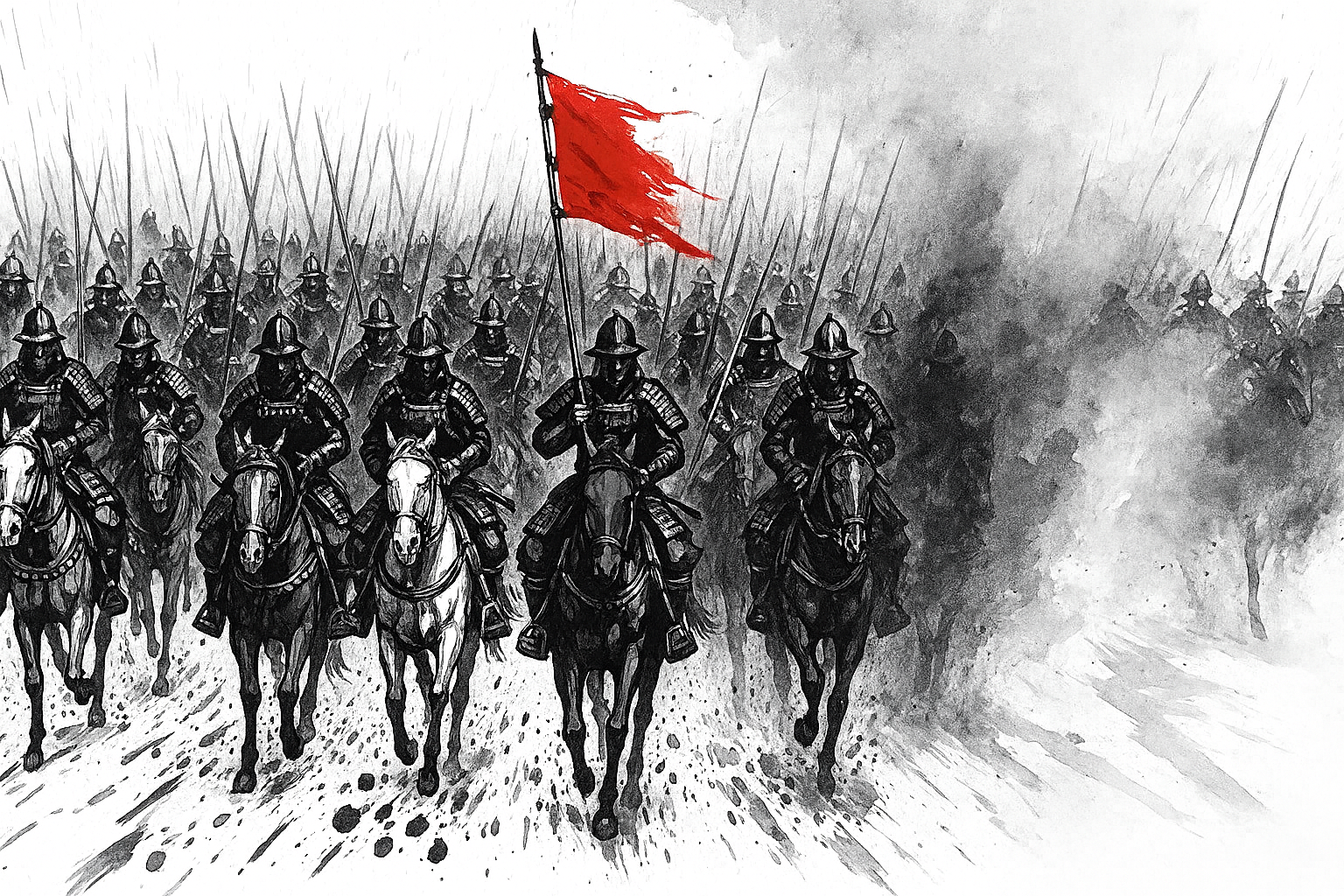In the age of the samurai, Japan was torn apart by constant war. Lords fought for power, and betrayal was common. When Tokugawa Ieyasu finally rose to the top, many expected him to rule with an iron fist. But instead, he chose a different path: stability through tradition.
Ieyasu understood that sudden change created fear. So rather than destroying everything old, he carefully followed good precedents from past rulers. Daimyo (regional lords) could keep their lands and families if they remained loyal. By respecting their dignity, he removed their reason to rebel.
One of his most famous policies, the alternate attendance system (sankin-kotai), required lords to spend time in Edo, the capital. It looked less like punishment and more like an orderly tradition. This clever system kept peace for over 250 years—longer than any American dynasty has lasted.
What We Can Learn Today
Ieyasu’s leadership carries timeless wisdom:
• Stability is stronger than fear.
• Respecting tradition builds trust.
• True leaders think in centuries, not just in moments.
Conclusion
Tokugawa Ieyasu proved that leadership is not only about conquering enemies but about creating a system that outlives you. His story reminds us today: lasting success is built on patience, respect, and stability.
Follow us on X for daily Samurai & Personal Finance insights → @zenfinance1101



Comments